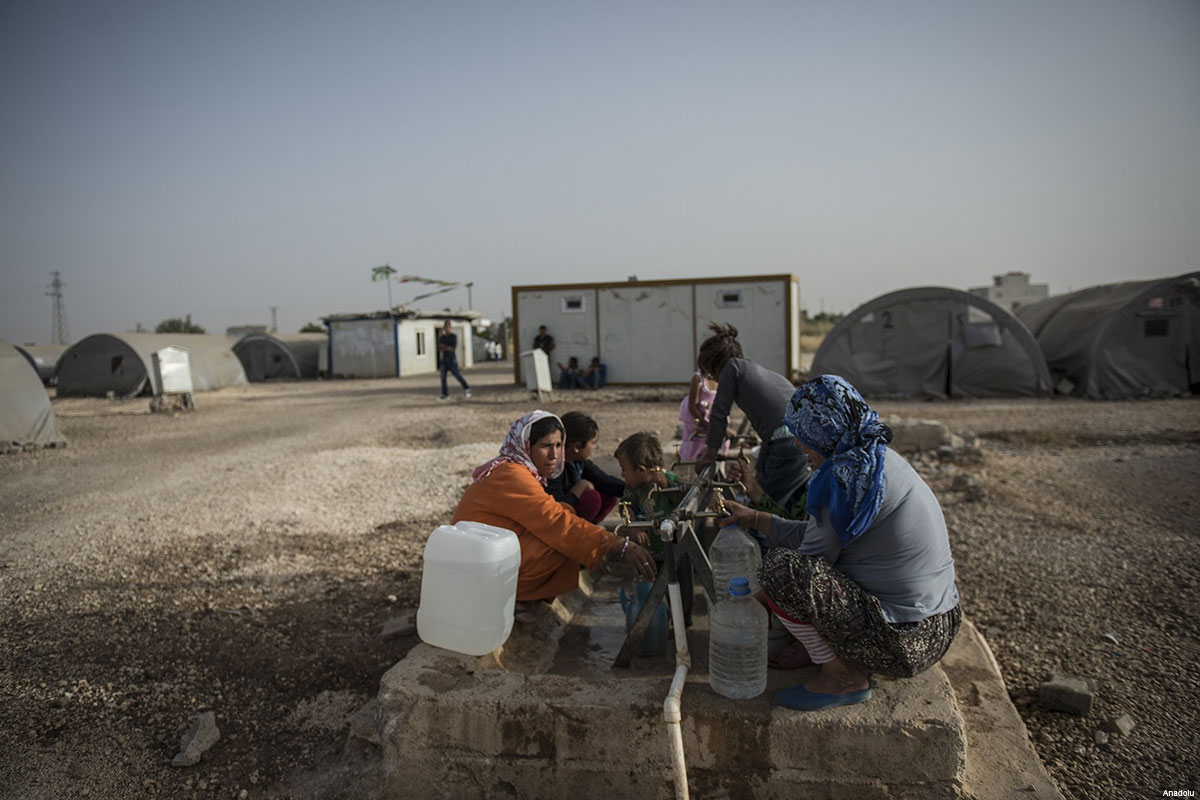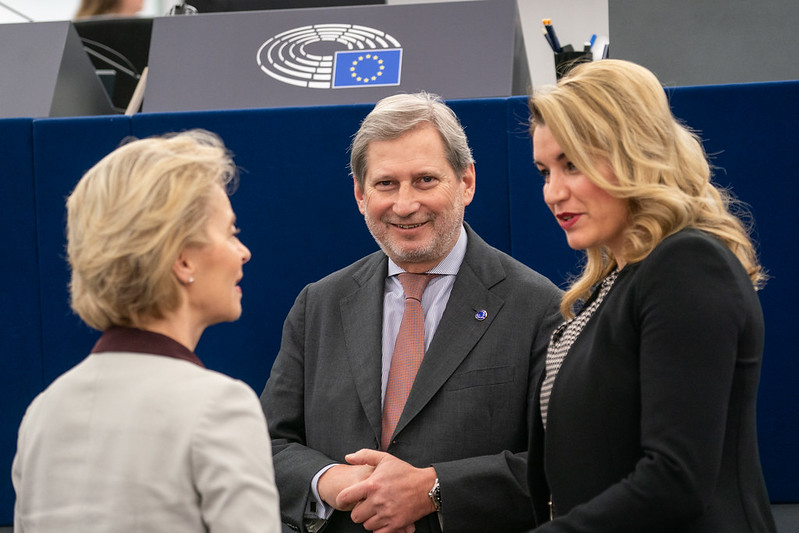Using IEP’s Positive Peace Index (PPI), the Ecological Threat Register (ETR) analyses the relationship between countries with high ecological threats and low levels of resilience to identify ecological “hotspots”, or countries most at risk from resilience breakdown.
Syria is among the world’s least resilient countries, ranking 154th out of 163 countries in the 2019 PPI. The ETR identifies Syria as an ecological hotspot, as the country currently faces high exposure to four ecological threats – including all three resource depletion indicators of water stress, food security and population growth. However, due to Syria’s low resilience, the ETR finds that these ecological threats have exacerbated existing tensions and fragilities within the country.
Related Articles: Least Peaceful Countries Have The Most Ecological Threats | Syrian Conflict: Proxy or Civil War? | The Climate-Conflict Connection
Consequently, Syria was plunged into a civil war in 2012 and government forces engaged in open combat with opposition militias. At this time, many foreign governments aligned with one side or another, providing weapons and other resources. Water resources and infrastructure became a target of terrorism due to the strategic value – with the Islamic State (IS) conducting attacks on these vital resources across Syria. Subsequently, the full-scale civil war led millions of Syrians to leave the country to seek refuge in neighbouring nations and Europe.
In 2015, the crisis resulted in large inflows into Europe, with more than one million refugees seeking asylum in the continent that year. The vast majority of these were Syrians, although Afghans, Iraqis and other nationalities were also recorded. Countries like Germany, Sweden, Hungary and Austria gave asylum to most of this refugee population. However, these and other European countries experienced a rise in political instability and the emergence of new anti-immigration parties.
Positive Peace in Syria
The ETR finds that Syria’s Positive Peace deficiencies combined to plunge the country into a vicious cycle of deprivation and unrest. Using IEP’s Pillars of Positive Peace, the ETR identifies the following as stressors:
- Sound Business Environment: Syria’s underdeveloped economy and over-reliance on agriculture meant it was particularly susceptible to ecological threats.
- Equitable Distribution of Resources: High levels of poverty and reliance on agricultural activity combined to exacerbate the deprivation caused by the drought. Syria’s weak and poorly diversified economy – low development of Sound Business Environment – meant it was not able to import enough food and basic goods for its population.
- Well-Functioning Government and Low Levels of Corruption: Combined deficiencies in these two Pillars meant the administration had neither the diligence nor the means to mitigate the impact of the drought.
The Syrian conflict illustrates how ecological risks can intensify existing social and political grievances. It demonstrates that as a consequence of extreme water stress, economic development and food production are impeded – with the nourishment, health and well-being of the Syrian population being compromised. Such deprivations escalate existing social tensions, and conflict and displacement ensue as a result. However, this not only spreads from national levels but into regional and global concerns as well. With very low and deteriorating levels of Positive Peace, Syria will confront significant challenges in coping with ecological threats.
About the author: The article has been written by the Vision of Humanity Editorial staff – brought to you by the Institute for Economics & Peace (IEP). The IEP investigates the impact of COVID-19 and future trends in economics, politics, social dynamics, conflict and development.
EDITOR’S NOTE: The opinions expressed here by Impakter.com columnists are their own, not those of Impakter.com
In the Featured Photo: Syrian refugees fill up bottles with water. Photo Credit: Anadolu. Middle East Monitor












